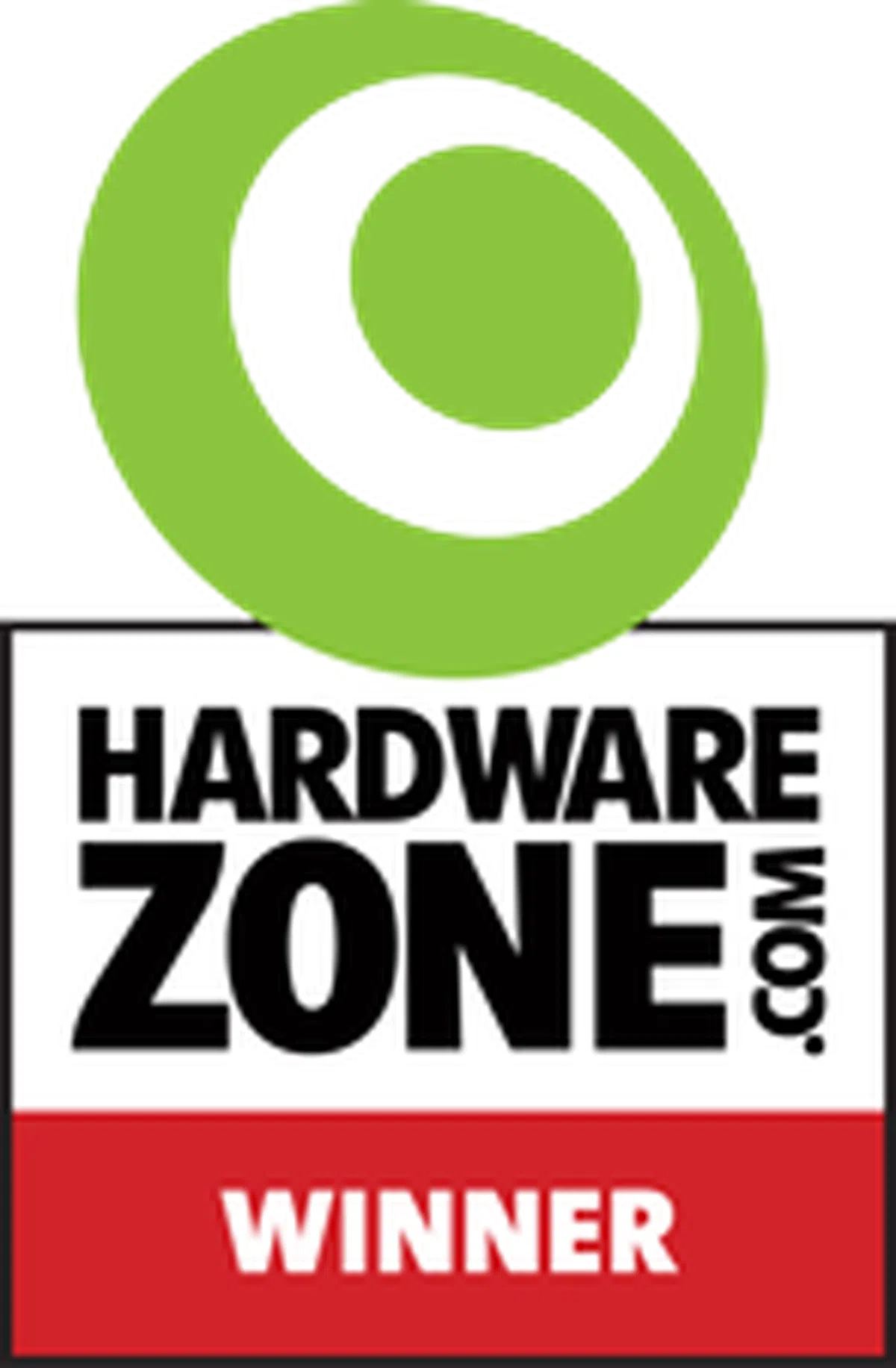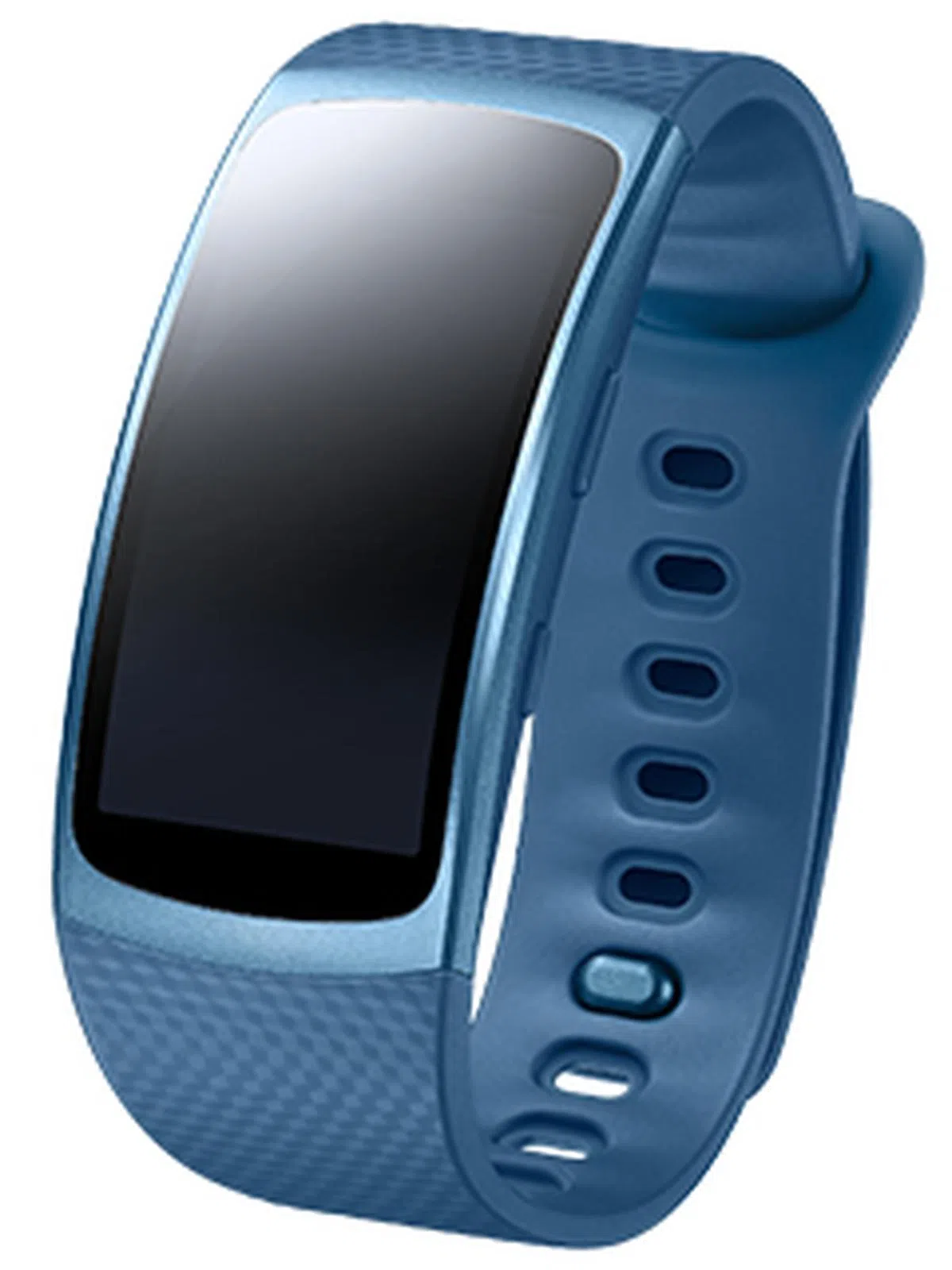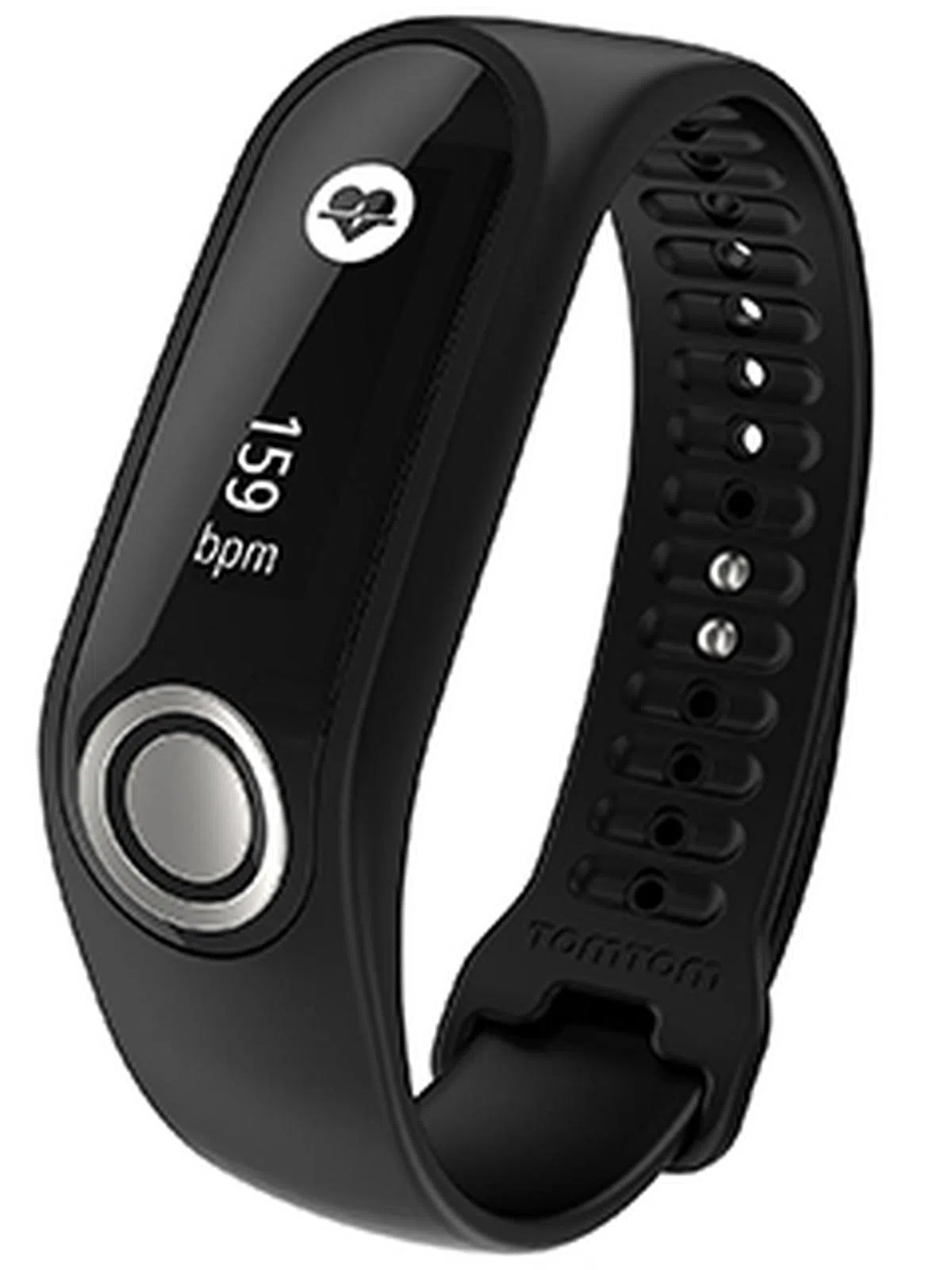Shootout: Tracking down the best fitness band
Early this year, the festive seasons raised more awareness of fitness wearable products than ever before as we monitored a spike in related search queries on our site. Since it's been a while we last compared these devices, it's time we find out which is the best fitness activity tracker of them all.
By Liu Hongzuo -
Introduction

As 2016 wrapped up and the Chinese New Year season commenced earlier this year, these festive seasons raised more awareness of fitness wearable products than ever before as we monitored a spike in related search terms on our site and the readership of our fitness band reviews. Having said that, it's been a while since we last compared a variety of these devices and it's time we look at which fitness band would be the best for folks who would want to get fit - someday.
In this overview, we chose the latest top-of-the-line fitness trackers from respective brand in a band or bracelet form factor that also have Heart Rate Monitoring (henceforth referred to as HRM) built-in.
Fitbit Charge 2

The Fitbit Charge 2 has a band-like form factor with rubberized, interchangeable straps flanking a core that holds its hardware and display. It uses an OLED screen that's officially four times larger than the Charge HR's – our measurements put it somewhere around 1.5 inches. Having a larger display makes it comfortable to read, and it now shows both the current time and some cursory fitness data. Finally, having a slimmer strap width than the Charge HR helps the Charge 2 look sleeker, so it is less of an eyesore when it’s worn outside of workouts.

There’s a button on the right of the display, which brings you back to the wearable's main menu when pressed. The wearable has a raise-to-wake function that makes the information available at a glance, although it's nowhere as colorful or easily readable as the Gear Fit2 by Samsung. This is noticeable when you're flitting through the various options within both bands, and when you need to view stats while under sunlight.
The new Charge 2 not only packs an optical heart rate monitor, but also the ability to track multiple sports activities like biking and hiking (no swimming for this sweat-proof device, though). It doesn't have its own GPS despite all its tracking features, but there's Connected GPS that allows the Charge 2 to pull GPS data from your smartphone. The older Charge HR only had HRM, and none of the other new features at the same asking price. Factoring in the larger display, this makes the Charge 2 an upgrade, inside and out.
If you're familiar with Fitbit's app, you’ll be pleased to know that they kept the friendly and easy-to-understand interface. One new feel-good tool they have is a Cardio Fitness Score. By taking a combination of numbers from the resting heart rate measurement, existing exercise data, and profile information, Fitbit will assign a heart-health ‘score’ that tells the user if they are healthy for their age. It’s based off the VO2 Max measurement that runners use to check their cardiovascular fitness in a snapshot.

It’s accurate for a casual tracker; it recorded the full 1.47km test run we conducted. Heart rate(HR) readings fall within our typical HR patterns, and step tracking, too. It's nice how the Charge 2 also tracks the flight of stairs climbed and it was never off in our day-to-day trials.
We consider Fitbit's features as well-rounded, accessible, and sensible because of how it's presented, on top of how users can easily find out more about their features through Fitbit – this helps to appeal to a broader range of fitness behaviors and it eases people into adopting a healthier outlook, beyond the gamification of personal high-scores. It also has a simple, effective design, good enough accuracy, and a UI that communicated the metrics in a digestible manner.
Samsung Gear Fit2

Out of all the band-type fitness trackers we've seen here, the Samsung Gear Fit2 has the bulkiest appearance, even when it's next to the Fitbit Charge 2 that is five grams lighter. Most of the bulk comes from the 1.5-inch, 216 x 432 pixels resolution AMOLED display and the parts that lie underneath, including its optical HRM and processor. The rest of the band is made up of elastomer removable straps. Together, they give the Fit2 its wacky yet durable appearance.

Having a nice and bright Gorilla Glass 3 display that's readable even under sunlight is only half of the formula to this decent tracker. The Gear Fit2 interface really pushes the usability of its display with a good UI. Not only can you raise your arm to wake it, the touchscreen is very responsive and intuitive, coupled with menus that flowed from app to app very well. There was no confusion on metrics-reading, and moving between different readings.
Up until 8th January 2017, the Samsung Gear Fit2 was only compatible with Android OS devices. iOS support for the Gear Fit2 was late to the game, and it served as a huge consideration factor for wearable users to grab it since it would exclude a major phone platform. The inclusion of the Samsung Gear Fit app on the Apple App Store put the Gear Fit2 on an equal playing field against the other trackers in this shootout.

The iOS interface is neat and clean, with each metric easily expanded upon by tapping each category. We had to reset the band when un-pairing the wearable from the Samsung Galaxy S7 Edge and the older data didn’t make it to our iOS trials. Both Samsung and iOS interfaces are similar in appearance and functionality. Our only concern was the lack of any fitness tips for either platform. Given how you’re required to have a Samsung account to access anything on the app, we were hoping for a little more guidance via the app.
The biggest upgrade in the Gear Fit2 is the inclusion of a barometer, which the previous Gear Fit did not have. The band not only tracks steps, heart rate, and sleep – it now tracks the flights of steps climbed, and that’s reflected in your data. Tracking-wise, the device was accurate enough for day-to-day use, and it’s capable of recording distances accurately. The optical heart rate monitor gave relatively accurate readings which came within 5BPM (beats per minute) of my average heart rate during rest.

A big caveat about the Samsung Gear Fit2 is that it's a really 'jealous' device - it won't let us reconnect to previously connected phones, which was a problem when we had to regularly reconnect various trackers during benchmarking. This happened on both iPhone 6s Plus, and Samsung Galaxy S7 Edge. The only known workaround we found was a soft reset for the tracker, which meant losing precious metrics we've accumulated before uploading to our smartphones. The unreliability of its connection also posed problems during day-to-day use - if you wanted to use a Bluetooth headset, it would mean disconnecting the Gear Fit2 from its menu (since the phone's Bluetooth remains switched on), and that in turn would render your tracker incapable of connecting until a soft reset is done.
TomTom Touch

The TomTom Touch is your typical fitness tracker with a twist – a bioelectric sensor that provides a body fat estimate. With this, TomTom hopes that their Touch will stand out in the growing market of similar-looking fitness bands.
The Touch itself was extremely simple to operate, since it comes in a basic bracelet form factor that's easy to understand and operate. It uses an oblong display and a circular, front-facing metal sensor for all inputs. The metal sensor wakes the band up, and you swipe a finger along the grey scale display for different menus. Simply tap or hold a finger to the metal sensor to confirm your selection. While it's a simple device, it lacks is a raise-to-wake feature - the wearable won't display the time until you touch its metal button.

The key feature is none other than its fabled body fat measurement that works via its coin-shaped bioelectric sensor. The front sensor can measure your body's fat and muscle percentage by reading the organic electrical pulses from your body when you place a finger on its reader. To complete its cellulite 'circuit', the rear sensor comes into contact with your wrist. How electricity travels within the body can determine if the body is muscular, or blessed with lavish fat content.
Is the body fat percentage reading from the Touch accurate? It gives a good estimate, but it's better to get a clinically measured reading if you're very serious about your proportions. While we don't have an alternate reading from a medically approved device, mine said I had 17% body fat, whereas this body fat calculator said I was at 20.3%, which was considered 'average' for males of my age. Other reviewers in a similar fitness predicament saw their TomTom Touch’s measure off by nearly 6%, versus a gym-tested body fat test.
17% doesn't seem likely for a person who exerts only during the yearly mandatory fitness test (IPPT as known in Singapore), and during product reviews such as for this feature. In comparison, this other Singaporean spent two years of body-building at six times a week for a 12% body fat (from an overweight 25%), up until he entered Manhunt 2016 as a finalist. My average BMI of 23 (nurtured by the copious amount of fast food I eat), puts the 20.3% body fat estimate at a realistic benchmark, while 17% would indicate that I’m borderline fit (hah, right). While I am not a nutritionist, I am certain that I'm not 5% body fat away from taking part in a bodybuilding pageant. By itself, a body fat measurement is one of many guidelines to healthier, fitter living, so the number only becomes meaningful after you take other metrics into account, like heart rate and calories burnt.
At S$239, this pits the TomTom Touch squarely against other trackers of similar price points, while its headlining feature doesn't have the critical touch it needs to make users move on from their current wearable.

The 24/7 passive HRM measures your heart rate at regular intervals decided by the fitness band. You'll only know your average resting HR, and a snapshot of your resting HR before you start a run. It's accurate enough as a gauge, but the TomTom Touch's HRM isn’t the most accurate among wearables in general.
Other typical features include steps tracking, sports mode, and the ability to accept push notifications from a paired smartphone. The accompanying TomTom MySports app displays all the fitness related content in a manner that’s simple to understand. While the splash page shows your steps and muscle goals, it doesn't display your average HR for the day. It's not a crucial number, but it’s still nice to see more details given how this tracker has passive HRM. Our trial run couldn't get the tracker to register distance accurately, but it did log down the exercise.
It offers conventional goal tracking, but it doesn't feed fitness advice like the Fitbit or Jawbone apps do. The app also offers plenty of useful data but it is not the easiest app to navigate – data is layered under different menus, making the comparison process harder once you go beyond the home page. Effectively, it's up to the user to maximize the band's benefits, making it ideal for folks who are motivated enough to stick to their own goals.

The user experience of the fitness tracker was less than stellar. While it churns out workout data perfectly, the metallic sensor button is the key to most of its crucial controls. This is the same button that needs tapping to wake the device up. When we tap to check if the workouts are registering correctly, the button would take it as a prompt to end or cancel the existing workout. Battery-wise, it would be wise to start charging the sensor after two full days of use, or risk running low or empty on day three or four. This is lower than its expected five days of battery life per charge.
All in all, the TomTom Touch is a novelty among our selection of fitness trackers thanks to its body fat sensor, and it has passable accuracy for tracking runs and passive HRM. However, lack of a raise-to-wake display and the less intelligent button design hurts the tracker's viability among its peers. Without a raise-to-wake function, the fitness band's time-telling feature cannot be fully utilized, and that's dampened by its less intuitive controls. For a band that's asking for S$239, it looks awfully similar to the S$55 Xiaomi Mi Band 2.
Still, the TomTom Touch is more affordable than other fancier-looking fitness trackers with HRM, so it isn't entirely out of the race. Further to that, it seems TomTom has revised the suggested retail price of the band since it was first launched and is now going for S$189 (or less, when there are offers). This makes it more palatable given some of the sore points we've observed.
Xiaomi Mi Band 2

Display-wise, it's similar to the TomTom Touch's sensor, thanks to its oblong shape, grey scale OLED display, and circular touch button. In fact, the Mi Band 2's thermoplastic elastomer strap looks really similar to the Touch's band unless you have both bracelets for a side-by-side comparison.
As a casual wearable, the Mi Band 2 faces tough competition up against the likes of Fitbit or Samsung's trackers, but it has a better tacit implementation than the TomTom Touch. To navigate around the band's controls, simply tap the circular button and the Mi Band 2 will take you through its menus. You can opt to show or hide certain stats (adjusted via the Mi Fit app). We picked the current time, steps, heart rate, and its battery life, while excluding stuff like distance and calories. Hiding the metrics doesn't mean that the Mi Band 2 stops tracking those values – you can view it all in its accompanying app later.
Unfortunately, that's all the band can track – if you're going for a run, you'll need to start it on the app itself. This reinforces our initial impression that the Mi Band 2 is very much the Mi Band Pulse with a screen – it is a casual tracker that's great for folks who are just getting into the idea of wearables, but it falls short for physically active users.

That said, it shows some improvement from the Mi Band Pulse, since you can now use the phone's GPS to monitor your jogging path. This also fixes the old problem where the Pulse had to automatically detect if a person is walking or jogging, and it wasn't very good at doing so. The wearable also buzzes when you've been sedentary for an hour, so it's helpful for folks who lose themselves to desk work or gaming.

Passive heart rate tracking isn't supported when you use the Mi Band 2 with the Mi Fit app. That's only available when you start a workout, and it will only give an average HR at the end of said workout. The Mi Band 2 does offer active HR tracking, and it's done by visiting the HR option on the wearable itself. The lack of passive HR hurts its standing against other HR-capable wearables in this shootout, but we aren't complaining at its current asking price. What we did mind was how inaccurate the HRM can be – most trackers in our roundup are anywhere from accurate to within 5BPM (beats per minute) off, but the Mi Band 2 constantly reports hear rate at 10BPM or lower than other trackers. The Mi Band Pulse we reviewed did not have this issue.

The Mi Band 2 shares the same proprietary app with previously released Xiaomi wearables. You'd getting both pros and cons of the same app – it's easy to understand, but it doesn't make the data helpful. For example, heart rate is displayed as individual data points, but there's no graph to show a summary or a graph on how HR fluctuated over the day. It had decent battery life, as it's able to last a week with 65% battery left – Xiaomi claims that it has a 20-day battery life, which is quite impressive for a bracelet with a display.
All in all, it's a simple and decent tracker, save for its HRM's inaccuracy. At an official price tag of just S$55, the Mi Band 2 brings affordability to the table when other alternatives with similar features are four to five times more expensive. The trade-off is a generic appearance and an app that doesn't do very much, making it ideal for folks who don't really exercise, but love being told that they are (to a certain extent) by a wearable. It's not very much different from its preceding wearable in purpose and looks save for its OLED screen and connected GPS feature.
Benchmark scores
While wearables are normally not definitive in terms of tracking accuracy, it is still important for them to be reliable up to a certain margin of error. The benchmarks we've put them through their paces seek to give an idea on how the wearables fare in day-to-day use, and they are not to be substituted with medical-grade equipment or procedures.
We've also included results for the Jawbone UP3 that were from an earlier review as it fits the fitness band line-up in this shootout and can act as another point of reference.
Steps Tracking
We determine if a tracker is relatively more accurate than the rest by comparing its results against a control factor (iPhone 6s Plus in-built Health app), over multiple days. The percentage represents how accurate the tracker is; a higher accuracy rate would be closer to the 100% mark. From graph below, we can see that the Fitbit Charge 2 is the most accurate, at just 0.1% off from being on a par with the iPhone's steps tracking result.

Distance Tracking
Like the Steps Tracking benchmark, we determine if a tracker is relatively more accurate than the rest by comparing its tracked value against a known fixed distance - in this case, we've used a known jogging route in a neighborhood estate that comes up to 1.47km. The percentage represents how accurate the tracker is for distance tracking; a higher accuracy rate would be closer to the 100% mark. Once again, the Fitbit Charge 2 meets the mark with the least dicrepancy.

Heart Rate Monitoring
The Heart Rate Monitoring benchmark is unique to wearables with a Heart Rate Monitoring function; that means it applies to all the devices we've tested in this shootout. We determine if a tracker is relatively more accurate than the rest by comparing its monitored value against the readings provided by a blood pressure monitor (readily available from online stores or from a pharmaceutical store). The percentage represents how accurate the tracker is; a higher accuracy rate would be closer to the 100% mark, while lower accuracy would be further from 100% mark. Heart rate monitoring is a tricky thing to track reliably, but the Samsung Gear Fit2 comes closest with the least margin of error. The next best is Fitbit Charge 2, but the delta is notably higher than Samsung's.
Just for reference, in this benchmark, the average resting heart rate of the reviewer was pegged at 84 BPM (beats per minute).

And the winner is…

Having used all the four trackers, the Fitbit Charge 2 pulls ahead with a clean execution in features, usage experience and accuracy.
The Samsung Gear Fit2 was its closest rival, but it had repeated pairing issues across different smartphone OSes despite its beautiful display, accurate tracking, and intuitive controls; this could pose an issue for those who use more than one phone concurrently and we know there's a large group of such people.
The Xiaomi Mi Band 2 had it all down, but it doesn’t measure up because of its less accurate heart rate monitoring, while the Xiaomi app is a handful of tweaks from being nearly as friendly as the Fitbit's.
The TomTom Touch was simple to understand, but the un-intuitive metallic sensor was unfriendly for workouts, its key fat measurement feature wasn't accurate enough to rely upon, and its accompanying app felt complicated to gather information from.
But does a lack of issues make the Fitbit Charge 2 the best band-type tracker there is? Not necessarily, because every individual has different fitness needs. A person who would be interested in weight-watching will get more out of a TomTom Touch than the Charge 2, and sedentary folks (like most of our editorial team) wouldn't mind a Mi Band 2 given how it's affordable, simple, and not intrusive. Some users might actually prefer the lean UI that comes with the Samsung Gear Fit2 app, instead of the overly-helpful Fitbit app. The list goes on. Preferences aside, the Fitbit Charge 2 does pack in a sensible price tag, an appealing design, along with decent user-friendliness and tracking accuracy, allowing it to be ahead of the rest in our books.
Model | Design | Features | User-Friendliness | Performance | Value | Overall |
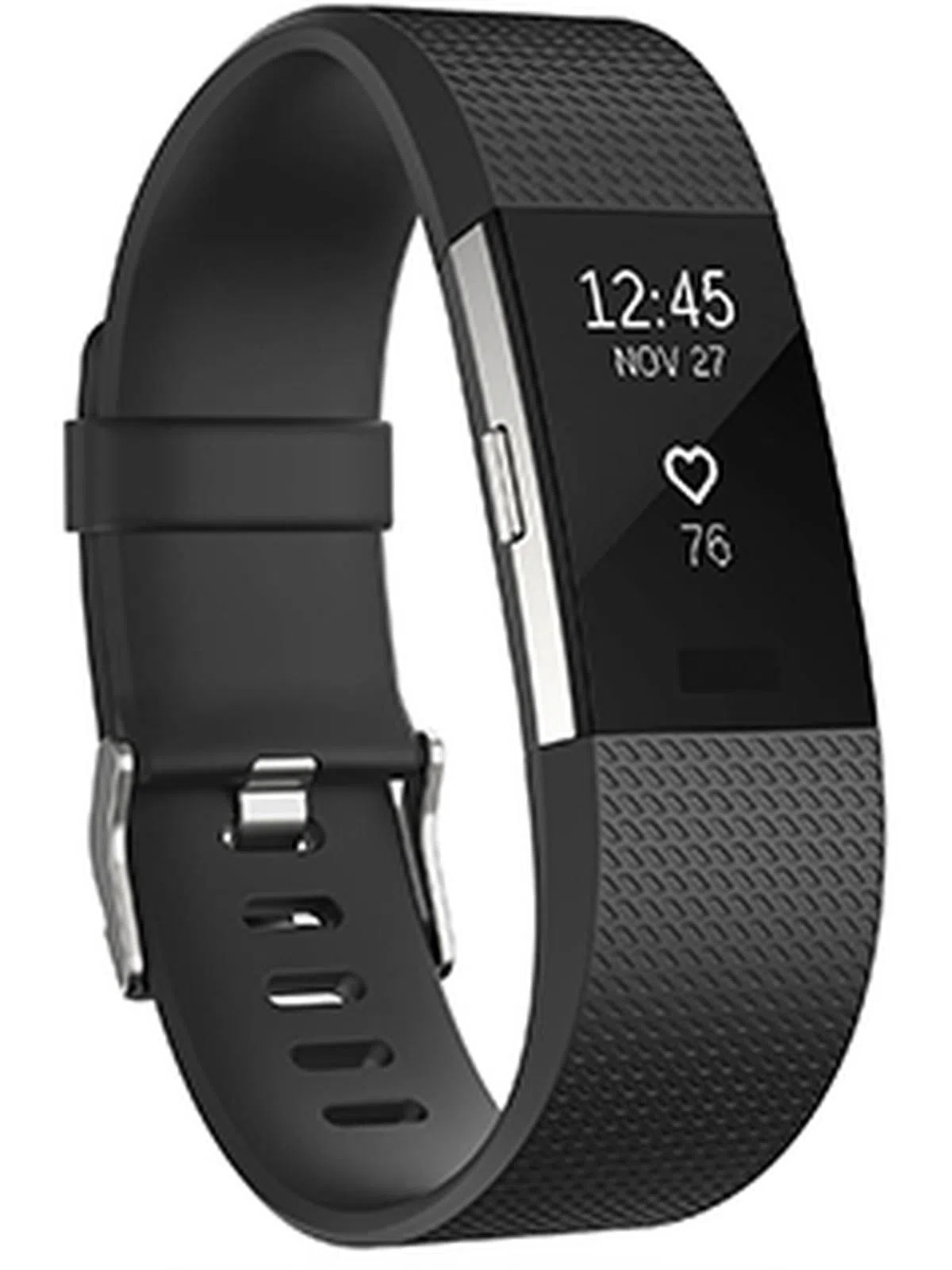 | 8.5 | 8.5 | 9.0 | 8.5 | 8.5 | |
8.5 | 8.5 | 8.5 | 8.0 | 8.0 | 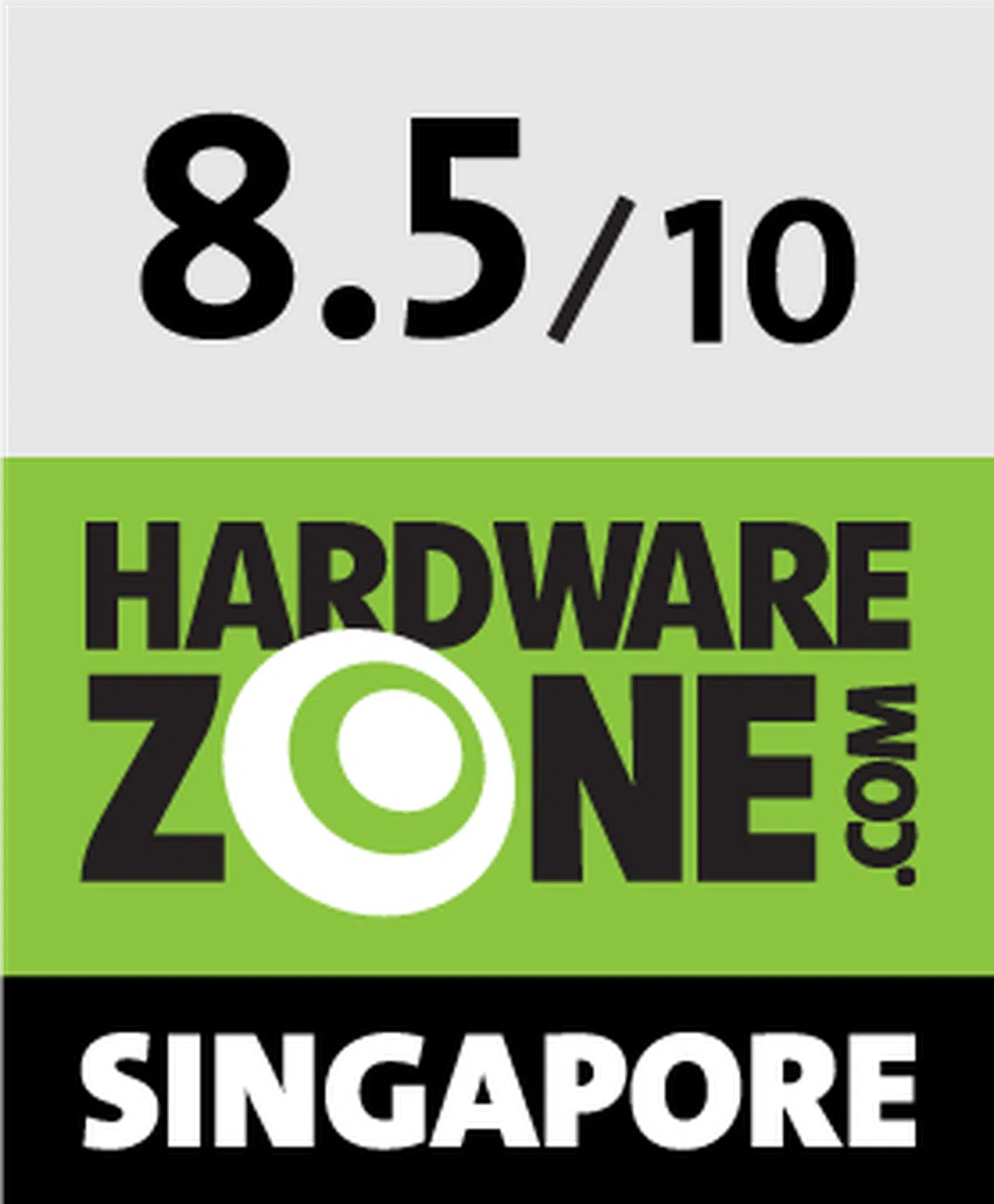 | |
7.0 | 8.0 | 7.5 | 8.0 | 7.5 | 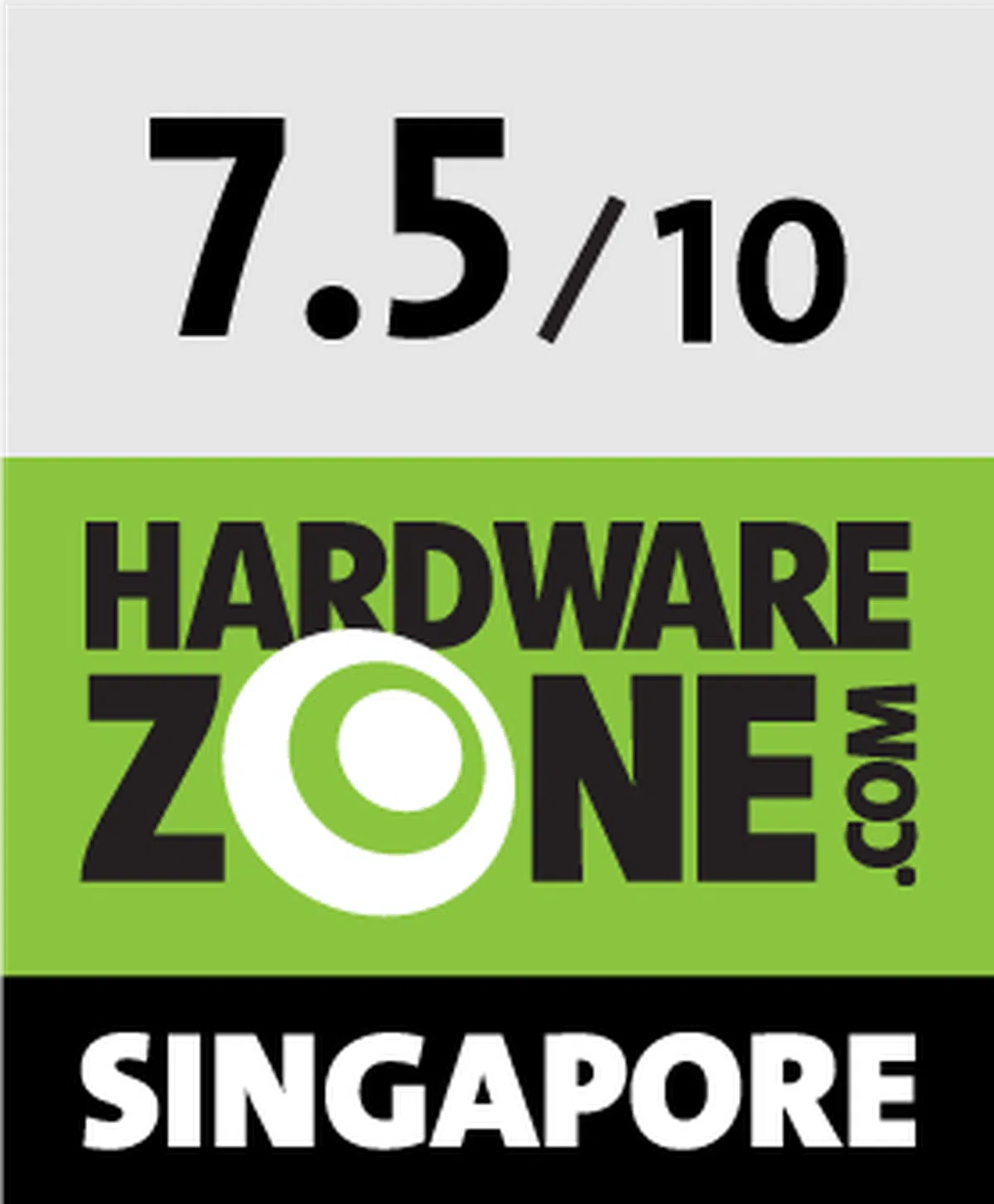 | |
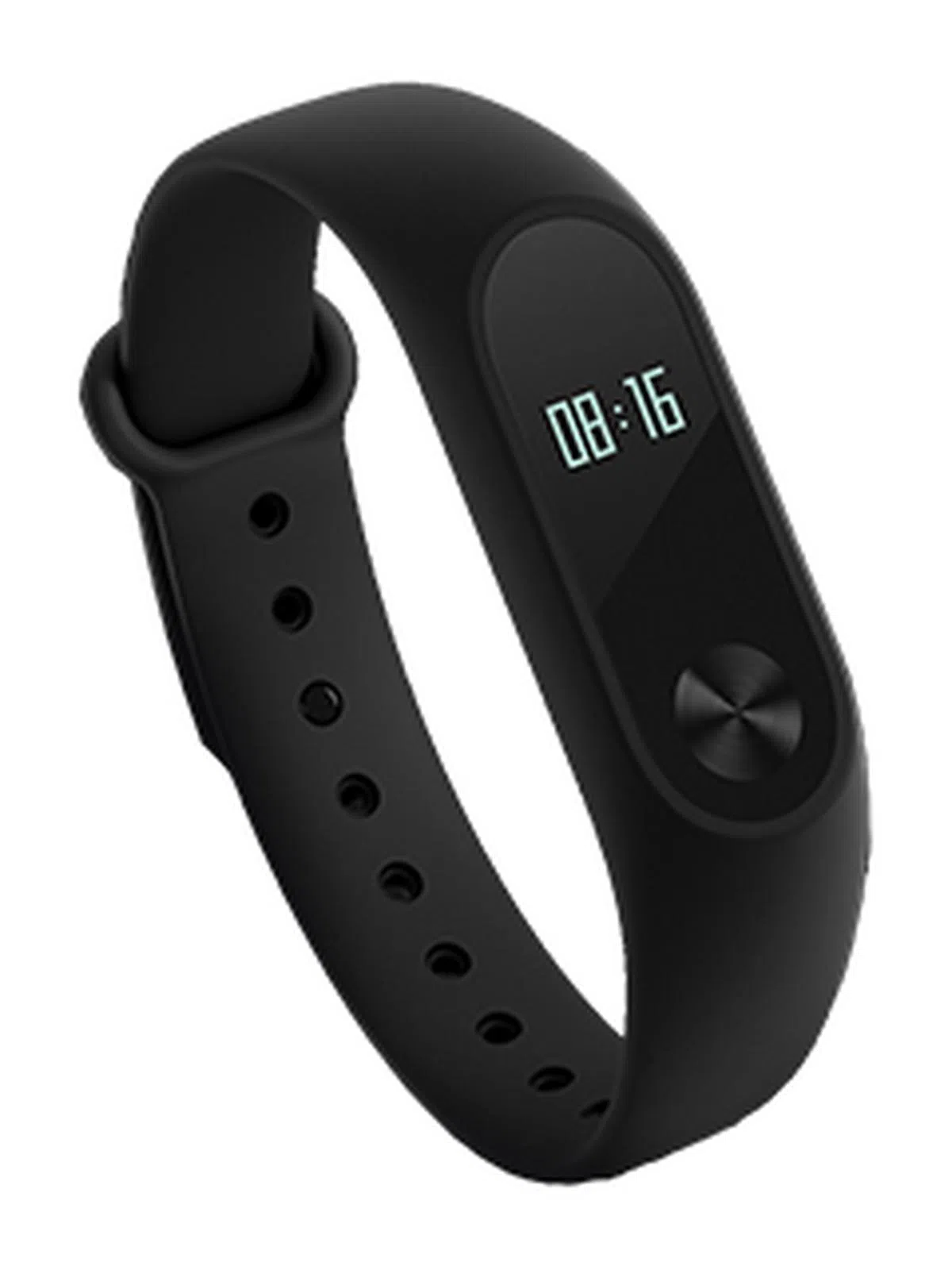 | 7.5 | 8.0 | 8.0 | 7.5 | 9.0 |
